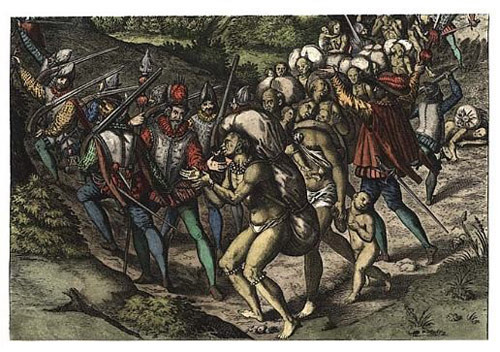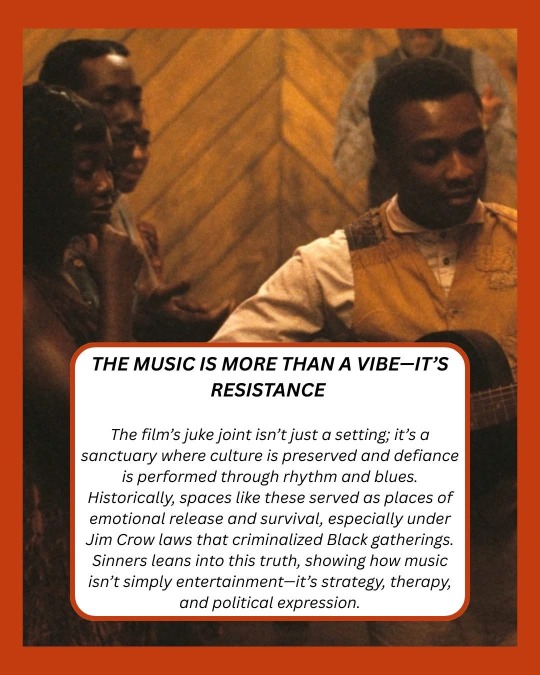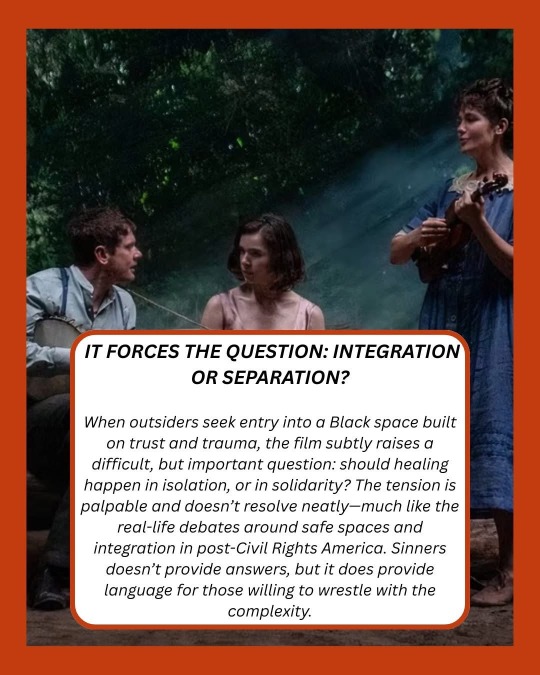#black indigenous
Explore tagged Tumblr posts
Text
Happy Emancipation Day!
Here's a short write up I did about Emancipation Day for my local grassroots mutual aid collective. This will unfortunately be focused primarily on Canada because our area of influence is more local than international. Please be sure to educate yourself on what this day means in your region!
What is the Slave Abolition Act of 1833?
The Slave Abolition Act of 1833 was a British law that ended slavery in most British colonies, freeing over 800,000 enslaved Africans in the Caribbean, South Africa, and Canada. The law, approved on August 28, 1833, took effect on August 1, 1834. It did not immediately apply to territories controlled by the East India Company, Ceylon, or Saint Helena; these exceptions were removed in 1843.
Earlier, in 1793, John Graves Simcoe, the first Lieutenant Governor of Upper Canada (now Ontario), had passed an Act Against the importation of new slaves. This law promised freedom to children born to enslaved women at age twenty-five, but it did not free existing slaves. The Slavery Abolition Act of 1833 later replaced this law, ending slavery across most of the British Empire.
Did it really free the slaves?
The Slavery Abolition Act had its flaws. It only freed those enslaved under age six. Older individuals were classified as 'apprentices' and had to work 40 hours a week without pay as “compensation” to their former slave owners. Full emancipation was not achieved until July 31, 1838.
While Canada often expresses pride in its relatively lesser involvement in slavery when compared to other British colonies, it wasn't the first to end it. The Independent Republic of Vermont was the first in North America to abolish slavery with its 1777 constitution. This came 16 years before Upper Canada’s partial abolition in 1793. Vermont was quickly followed by states like Pennsylvania and Massachusetts, and the U.S. Congress banned slavery in future Midwest territories in 1787.
What is Emancipation Day? What does it mean?
On March 1, 2021, the Canadian House of Commons unanimously declared August 1 as Emancipation Day. This date marks the beginning of the partial abolition of slavery across British colonies in various countries.
Why is Emancipation Day important?
Neglecting acknowledgement of Emancipation Day allows Canada to evade its dark history and distort its legacy. We must hold governments accountable for the history of their crimes. It’s critical to confront the reality that slavery was a part of Canadian history and that its legacy continues to impact African Canadians today. While Canada often boasts about its role in the Underground Railroad and its “total” abolishment of slavery before the U.S, it must also face the uncomfortable truth of its own very real involvement in slavery. Emancipation Day is about confronting history with honesty. Acknowledging this day is essential for addressing past injustices and ensuring that future generations grasp the full, unfiltered truth of Canada's history, including the painful chapters that must not be forgotten or repeated.
Emancipation did not end the oppression of Black people in this country. For those who suffered under centuries of slavery, emancipation should have signaled that Canada would become a place of respect and opportunity for their descendants. Instead, Black Canadians still face racism, discrimination, and prejudice in education, healthcare, housing, and the justice system.
The history of slavery and the stories of enslaved people and their descendants have historically been confined to Black communities. Recognition of this day on a national scale not only helps to validify the black experience, but also to clearly acknowledge our refusal to return to these oppressive norms. Integrating this crucial part of Canadian history into the education of all our children is vital for addressing anti-Black racism and its ongoing impact in our society to this day. A necessary step toward justice is issuing an official apology to the descendants of enslaved people, bringing this issue to the forefront of Canadian awareness and starting the path toward meaningful reparations.
Emancipation day allows us the opportunity to use the past to reflect upon the present. We must acknowledge the deep, ongoing trauma from slavery and segregation as the foundation of anti-Black racism that is still rampant in our justice system today. It is only through this acknowledgement that we can begin to form a dialogue which sees black people as an important, intrinsic part of Canadian history at all times, not just during black history month.










#blacklivesmatter#emancipation#radical education#mutual aid#police abolition#history#pagan#paganism#racial justice#social justice#black history#black indigenous#canadian history#black lives matter#revolution
23 notes
·
View notes
Text
youtube
We allow the false narratives of race to divide our beautiful Black Indigenous families globally and we seem to unite people who invented race, so they could control our planet and its inhabitants. What a damn shame we continue to allow this bullshit to continue.
#black love#black positivity#black africans#black history#science#evolution#science side of tumblr#black power#black indigenous#Youtube
11 notes
·
View notes
Note
For the test, does Shuri from Black Panther count?
I am going to allow myself to be clumsy with my logic here. Please keep an open heart in the comments/retweets because I definitely want perspective and would like to be corrected.
Black Panther is an interesting gray area because by definition, YES, Wakandas are Indigenous to Wakanda. Wakanda was never colonized and was able to really flourish and grow as a country/region/cultures.
At the same time I also don't want to co-opt anything. Black-Indigenous people do exist, so I don't want to erase that identity. But if I start acknowledging the characters from Black Panther as Indigenous, I don't want it to come across as trying to take away from the black community. This is why I was really relieved when (problematic coding/casting aside) Talokan was Maya because then I could be like "Oh, THIS is for us."
Maybe I'm overthinking it, but I think that's better than not giving it any thought at all. I would really love to hear from Black and Black/Indigenous people on this.
16 notes
·
View notes
Text

Engraving of Spaniards enslaving Native Americans by Theodor de Bry (1528–1598), published in America. part 6. Frankfurt, 1596
What Happened?
In the beginning colonists enslaved African and Native American people. Native Americans were enslaved before African people arrived to the United States. Eventually the arrival of African slaves caused the development of relationship, a kinship, between these two cultures. They grew to have children together creating the Black Indigenous race. African and Native American people produce intermarriage.
In the beginning Black Native Americans were created through enslavement as time progressed some Native American populations decided to enslave Africans. Children that came from intermarriage of Black and Native American people were considered illegitimate. There wasn't enough Native American blood to address that as their identity.
The Facts?
"As early as 1708, the slave population of South Carolina, a colony that benefited from fully conceived practices of slavery in Barbados, had an enslaved population of 2,900 African descended slaves and 1,400 Native American slaves"
"In Charleston, South Carolina, slave traders could purchase both African and Native American slaves; however, these experiences were not merely documented in the annals of history, periodicals, and scientific analysis."
Interested in Reading More?
10 notes
·
View notes
Text
#debating blackness#lmsu#blackness#black folks#mixed heritage#biracial#black diaspora#multi racial#black natives#black indigenous#cherokee heritage#black family#black american family#passer#passers#passe en blanc#pass for white
5 notes
·
View notes
Text
Eartha Kitt 💖

3 notes
·
View notes
Text
i love you black trans people. i love you asian trans people from all over asia (not just east asia). i love you hispanic trans people. i love you indigenous trans people. i love you poc trans people. you're doing great, i promise you, and i'm so fucking sorry the community erases you as much as it does.
#poc pride#poc queer#trans#trans joy#trans liberation#trans positivity#poc trans#indigenous#black#asian#south asian#east asian#hispanic#trans people#transgender#transmasc#transfem#transfemme#lgbtqia+
13K notes
·
View notes
Text

1 note
·
View note
Text
really sick and tired of people saying “how can this be happening in our time??” “imagine screaming for help and no one listens” “why is no one doing anything??” “how could I be witnessing a genocide in 2024?” Black people are still going through ethnic cleansing today from colonialism of Africa to the trans atlantic slave trade to chattel slavery to Jim Crow to mass incarceration to BLM to Cop City. We have been begging and screaming and crying for help, for mercy, for people to wake up and pay attention and you guys have ignored us and continue to do so. If you are saying Free Palestine but you dgaf about BLM, you’re not speaking up about Cop Cities or you’re not educating yourself on DRC, Sudan, Haiti, Ethiopia, etc., you are and always have been apart of the problem. You have blatantly ignored Black bodies being murdered mercilessly in the streets, being robbed of clean water at Flint and Atlanta, our Black towns being bombed, gentrification of Black neighborhoods, our lack of reparations and so much more. I don’t want to hear anymore “how could they do this?? why does no one care??” because you guys didn’t care when it began, when it happened and as it’s happening right in front of you!! Where do you think Israel and most Western countries get their inspiration for colonialism and ethnic cleansing from?? Black people across the globe are still going through ethnic cleansing TODAY and have been since white colonialism touched Africa!! We have been on the front lines of most movements and you guys ignored us, called us violent, called us angry, called us ignorant. We’ve been saying we are not free until we are all free and everyone moved on with their lives and said “well this doesn’t affect me.” If you’re not going to check your anti-blackness at the door, be prepared for a failed revolution.
#blm#black lives matter#free palestine#free congo#free sudan#free haiti#free tigray#free ethiopia#ethnic cleansing#gentrification#flint michigan#stop cop city#anti blackness#edit: this goes for indigenous people as well!! they’ve tried to tell everyone and no one moved with enough empathy and speed so here we are
2K notes
·
View notes
Text
REMEMBER TO EDUCATE YOURSELF ON EMANCIPATION DAY!









#social justice#black lives matter#blacklivesmatter#black indigenous#black history#pagan#paganism#police abolition#revolution#mutual aid#canadian history#radical education#equal rights#emancipation#emancipation day
26 notes
·
View notes
Text
About this Collection | Born in Slavery: Slave Narratives from the Federal Writers' Project, 1936-1938 | Digital Collections | Library of Congress
A false sense of belief that Black Indigenous People were all slaves is the biggest lie to anyone who calls themselves Black is to believe that you are in America because of slavery, when most of our ancestors lived here before slavery occurred in America.
7 notes
·
View notes
Text
Since yet another piece of media depicting the mountain meadows massacre as the most fucked up thing the mormon church has ever done just came out, I'd like to take another opportunity to direct everyone to the Timpanogos tribe website and encourage you to read about the black hawk war and the events surrounding and following it
brigham young literally ordered the mormon militia to "exterminate" the Timpanogos people - murdering the men and selling the women and children into slavery. The remains of Black Hawk were robbed from his grave and put on display in temple square until 1996
The full truth needs to be heard. It can't be minimized into something titillating but consumable. The Timpanogos people did not endure the grief and suffering brought by the mormon militia so people could both leave them out of the discussion and make money off a story they were erased from.
Again, please read for yourself on the Timpanogos website, spread the word, and donate if you can (there is a button for it on the site).
#exmo#exmormon#mormon#american primeval#under the banner of heaven#mountain meadows massacre#timpanogos#indigenous activism#black hawk war#landback
613 notes
·
View notes
Text

Although the location and identity of this young woman cannot be traced, the existence of Black Indigenous People is a culture that needs revival. Black Native Americans disappeared due to their race. Black Native Americans were denied opportunities presented to the Native Americans because they did not contain enough Native American. African and Native American people grew together through enslavement. Africans and Native Americans were often transported together in the slave trade until Native Americans enslaved Africans.
Read More Here: https://theokeagle.com/2019/07/02/98-of-african-americans-are-in-fact-native-indians-and-are-owed-millions/
5 notes
·
View notes
Text










#sinners movie#michael b jordan#vampires#culture#black tumblr#black folks#juke joint#wunmi mosaku#hailee steinfeld#sinners#sinners 2025#music is resistance#cultural vampires#movies#Asian immigrants#indigenous representation#intersectionality#ryan coogler
287 notes
·
View notes
Text
Richard Nixon paved the way for Jimmy Carter who paved the way for Ronald Reagan who paved the way for Bush 1 who paved the way for Bill Clinton who paved the way for Bush 2 who paved the way for Barack Obama who paved the way for Donald Trump who paved the way for Joe Biden who successfully paved the way for driving a fatal nail in the coffin of what is blithely referred to as "liberal democracy" in America. i hold all of these ghouls and every one who came before them responsible for what has happened so far and what will happen next. the global south has long held the relationship between the US head of state and the B-52 or the MQ-9 Reaper dropping thousands of pounds of explosives on their native homelands as superficial and they've always been right. an empire is going to do empire shit no matter who the emperor is.
#text#indigenous and Black people have known the heart of this country since the beginning#that's why i tend to listen close when they speak#and so far they've been mostly correct in their evaluation#primarily because they've lived it and rightfully accept what time has taught them
241 notes
·
View notes
Text
Rest in Power Tina Turner 🕯

7 notes
·
View notes